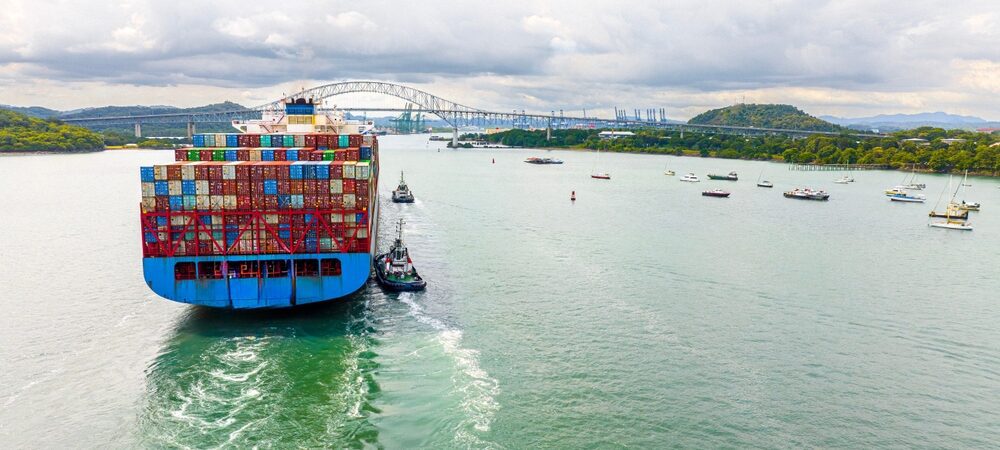Annual temperatures are at the warmest levels since record keeping began, bringing urgency to government, business, and individual efforts to stem the climate crisis. At the same time, the transition away from fossil fuels and towards more sustainable and renewable sources of energy is upending economies, requiring transformations of manufacturing industries and investments in new industries such as batteries and other “green” technologies. Against these trends, policymakers are juggling their climate mitigation efforts while still encouraging current and future economic growth.
As the U.S. government advances its goals at home using a range of domestic economic tools, trade policy provides an avenue to expand decarbonization efforts globally. John Podesta, President Biden’s climate envoy, spoke at Columbia University earlier this year and acknowledged the fundamental nexus between trade and the environment, calling for the creation of a task force to look at how trade policies can contribute to solving urgent climate challenges. “The stakes couldn’t be higher,” Podesta said. “But I believe if we make the right choices, we can create and maintain millions of good-paying jobs in the clean energy economy of the future. We can mobilize billions in private investment in countries around the world. We can accelerate technological innovation and position nations to overcome the challenges of today and tomorrow. And we can do it while protecting our planet for ourselves and our children.”
Since 2020, the World Trade Organization (WTO) has also taken a more expansive view on the range of topics where trade could help address climate and environmental challenges. On July 4th, WTO Deputy Director General Paugam stated, ”…(W)e are at a crossroads in the multilateral system, with an opportunity to shape a global win-win approach for trade and the environment. We can combine green transition, green industrialization and trade cooperation. This is what “reglobalization” is about. And the time to act is now.”
The U.S.’s most ambitious environmental trade commitments are in the U.S.-Mexico Canada Agreement (USMCA), which allows countries to continue with domestic climate initiatives while encouraging cooperation on environmental goals and calling for a level playing field in these efforts. The work is ongoing, but separate and siloed from the other aspects of USMCA. Moving forward, there is an opportunity to incorporate climate as a core consideration in all aspects of future agreements, adding an additional priority to the existing goals of reducing barriers to U.S. exports, protecting U.S. interests competing abroad, and enhancing the rule of law.
Imagine if U.S. trade negotiators asked “Will this help (or hurt) climate change” for each issue in their negotiation and then used all aspects of trade, supply chain or economic security agreements to create positive (or negative) incentives to accelerate climatemitigation efforts. Topics such as subsidy rules, market access (tariffs), and non-tariff barriers could be recast to tackle climate concerns in new and more aggressive – and possibly more effective – ways. New mechanisms like carbon border taxes and other “domestic” policies with international implications could also be used to accelerate efforts to both reduce carbon and ensure a level playing field for countries with stringent rules. But such a focus may need to be balanced with other politically important priorities, such as development, economic growth, and employment.
Penelope Naas is the Lead, Allied Competitiveness Initiative, German Marshal Fund, and an Advisor to the Trade Experettes
To read the full paper as published by the American Leadership Initiative, click here.
To read the full paper, click here.

